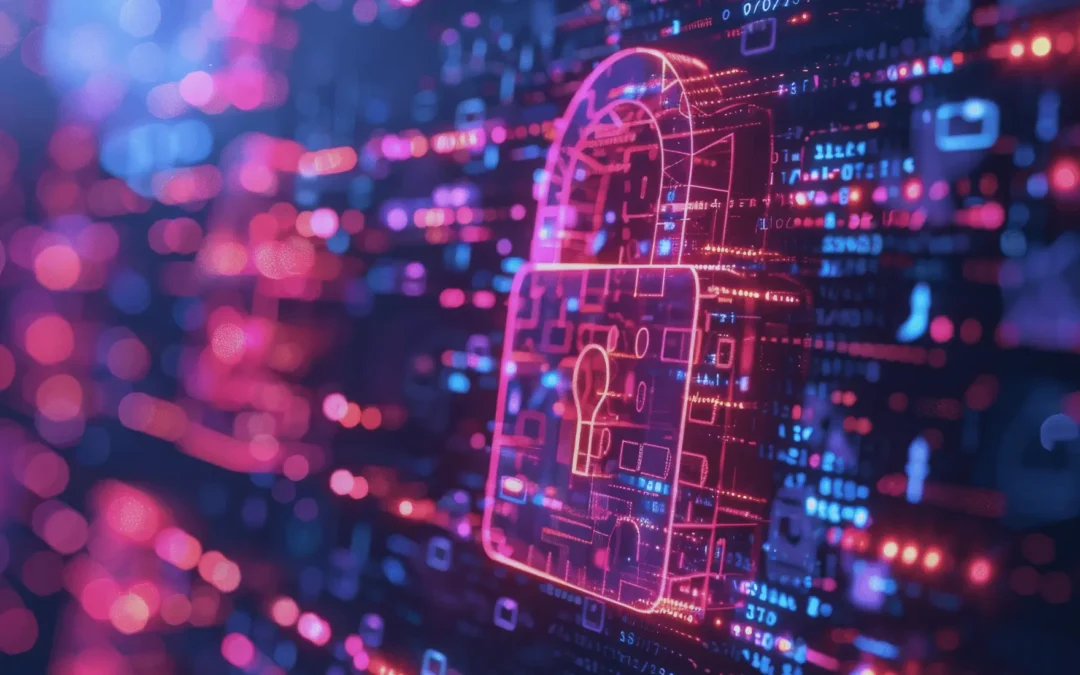The construction industry is no stranger to complexity. From coordinating global suppliers to leveraging advanced technology like Building Information Modeling (BIM), today’s supply chains are intricate—and increasingly vulnerable. Cybersecurity in the construction supply chain is more than a buzzword; it’s a necessity to protects projects from costly delays, data breaches, and reputational damage.
Understanding the Risks in Construction Supply Chains
Construction supply chains often involve multiple stakeholders, including subcontractors, suppliers, and software platforms. This interconnectedness creates opportunities for cyber threats. Common vulnerabilities include data breaches in third-party systems, unsecured software, and threats to proprietary designs stored in BIM platforms.
A breach can have devastating consequences. Project timelines may grind to a halt, financial losses can escalate, and the trust between contractors and clients can be severely damaged.
Proven Cybersecurity Strategies
Securing a construction supply chain requires a proactive, multi-layered approach:
- Adopt Secure Technology Solutions
Construction companies must use encrypted data-sharing tools and robust cybersecurity measures for BIM and prefabrication platforms. Protecting proprietary designs and project data is crucial to maintaining client trust and ensuring project continuity. - Vet Your Partners
Collaborate only with suppliers and subcontractors who demonstrate strong cybersecurity practices. Vetting third-party systems and establishing shared security protocols can prevent vulnerabilities from entering your supply chain. - Train Employees
Cybersecurity is only as strong as its weakest link. Regular training on phishing, malware, and other common threats empowers employees to recognize and mitigate risks. - Conduct Audits and Penetration Testing
Routine audits can uncover potential vulnerabilities, while penetration testing simulates real-world attacks to improve defenses. Regular assessments are critical for identifying weak points in your supply chain. - Develop a Backup and Disaster Recovery Plan
Even with the best defenses, breaches can happen. A robust disaster recovery plan ensures critical data is backed up and projects can resume quickly.
Innovation and Cybersecurity Go Hand in Hand
Emerging technologies like artificial intelligence (AI) and blockchain are transforming cybersecurity in construction. AI can detect and respond to threats in real time, while blockchain tech creates secure, transparent records of transactions.
At Curtis Partition, we integrate cybersecurity into our innovative construction practices. Our use of BIM modeling, prefabrication, and independent supply chain management ensures projects are not only efficient but also secure. By adopting cutting-edge technology and maintaining strict security standards, we set a benchmark in the construction industry.
Collaborating for Better Security
As the construction industry evolves, so do the threats to its supply chains–and companies that prioritize cybersecurity to protect their projects, clients, and reputations are creating a safer construction environment. Standardizing cybersecurity practices across suppliers, subcontractors, and contractors reduces risks for all parties. At Curtis Partition, we lead the way with innovative, secure solutions that keep projects running smoothly and safely.
To learn more about how Curtis Partition secures construction supply chains while delivering exceptional results, contact us today.

